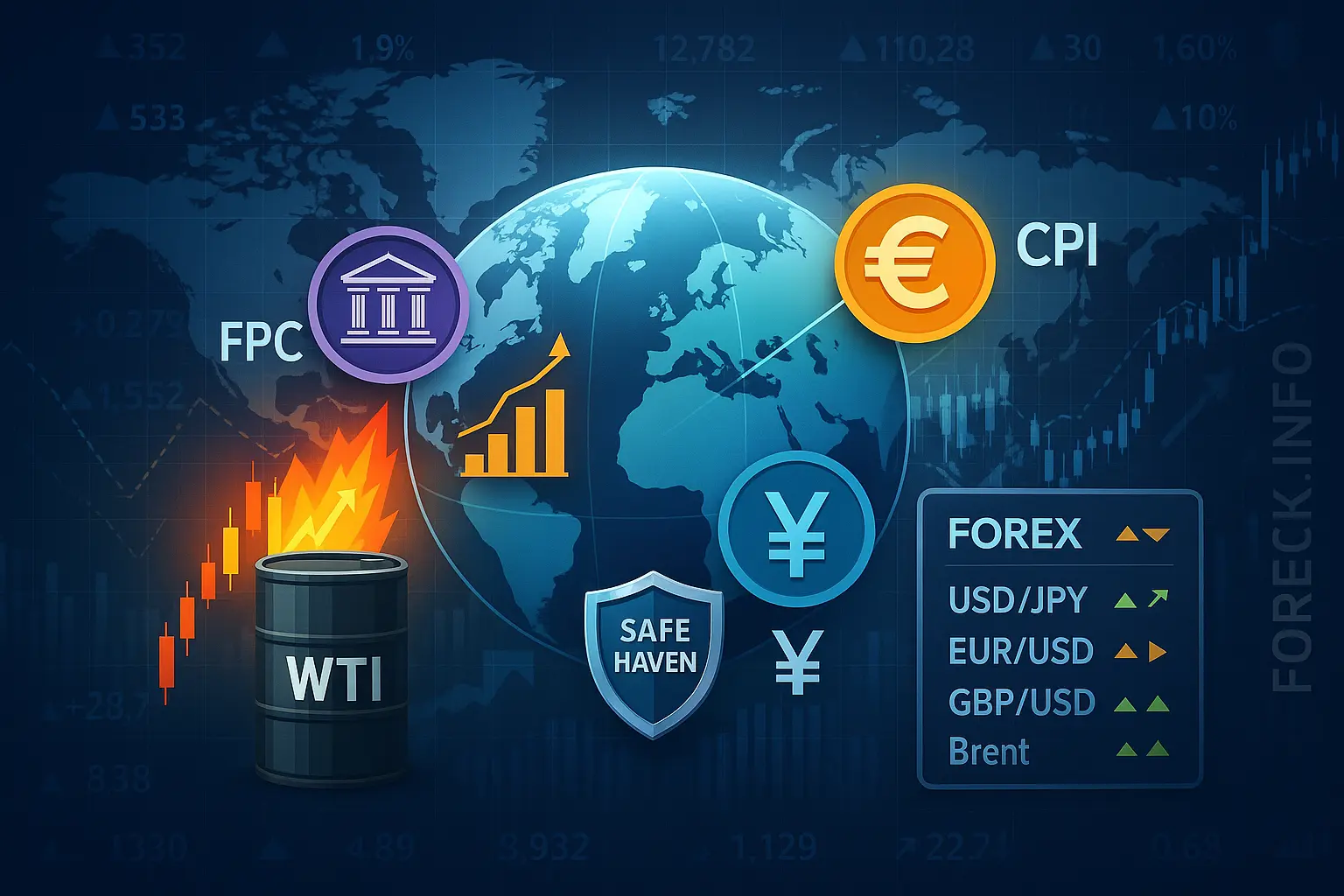The US dollar is losing ground against the euro, pound, and yen, reversing gains made after June inflation data. The latest CPI figures rose from 0.1% to 0.3% m/m and from 2.4% to 2.7% y/y, exceeding the 2.6% forecast, while core CPI advanced from 0.1% to 0.2% m/m and from 2.8% to 2.9% y/y—below the 3.0% estimate. The uptick is mainly attributed to Republican-led export tariffs, though the full impact is expected to emerge over several months. Meanwhile, the Producer Price Index fell from 0.3% to 0.0% m/m and from 2.7% to 2.3% y/y, with core PPI down from 0.4% to 0.0% m/m and from 3.2% to 2.6% y/y.
Most analysts anticipate continued price growth, likely prompting the Fed to maintain elevated rates through year-end or defer any cuts to early 2026. Yesterday, the US president announced a trade agreement with Indonesia via Truth Social, locking in a 19.0% import tariff and obligating Jakarta to purchase $15B in US energy, $4.5B in agriculture, and 50 Boeing aircraft. However, Indonesian President Prabowo Subianto, while acknowledging negotiations, has yet to confirm these terms.
Eurozone: Euro Gains Against Dollar, Faces Headwinds vs Yen and Pound
The euro is strengthening against the US dollar but weakening versus the yen and pound. German Finance Minister Lars Klingbeil warned that White House tariffs could harm the US economy at least as much as Europe’s. He urged a “fair deal” but acknowledged that Brussels will need to respond with tough “mirror” measures if talks fail. ECB board member Joachim Nagel told Handelsblatt that strong leadership is needed to navigate tariff uncertainty—remarks markets interpreted as a signal for a pause in monetary easing and possible rate hold.
United Kingdom: Pound Firms as Inflation Surprises to the Upside
The pound is advancing against both the euro and US dollar, but trading mixed versus the yen. Investors are digesting fresh inflation data: CPI rose from 0.2% to 0.3% m/m and from 3.4% to 3.6% y/y, while core CPI climbed from 0.2% to 0.4% m/m and from 3.5% to 3.7% y/y. The increase is largely attributed to rising fuel and food costs for a third consecutive month. The data raise the odds that the Bank of England will keep rates on hold longer than previously expected; while a cut is likely in August, further easing may be gradual.
Japan: Yen Advances Ahead of Elections, Manufacturing Optimism Grows
The yen is strengthening against both the euro and dollar, but shows mixed moves versus the pound. July’s Reuters Tankan business sentiment index for manufacturing improved from 6.0 to 7.0, while the services index held steady at 30.0 for a third month. Optimism in semiconductor manufacturing is offsetting ongoing struggles in autos and machinery. Investors are eyeing this weekend’s parliamentary elections, where the ruling Liberal Democratic Party risks losing its majority—potentially opening the door to more dovish economic policies.
Australia: AUD Edges Up vs Euro, Weakens Against Yen and Dollar
The Australian dollar is gaining on the euro, slipping against the yen and greenback, and trading mixed versus the pound. Labor market data out tomorrow (03:30 GMT+2) are forecast to show unemployment steady at 4.1% and a 21,000 rise in jobs after a prior drop of 2,500. Solid jobs data would bolster the Reserve Bank of Australia’s current rate stance.
Oil: Crude Prices Drop Despite Demand Growth in China
Oil prices are falling as API data showed a massive 19.1M barrel build in US crude stocks, versus expectations for a 2M barrel draw. Downside is limited by robust Chinese demand; Barclays estimates Chinese refinery throughput rose 0.4M bpd y/y to 17.2M bpd in H1 2025. Later today (16:30 GMT+2), EIA data may show a 1.8M barrel decline in US inventories, potentially supporting prices.

